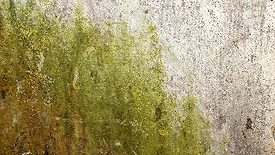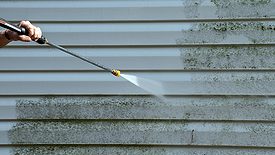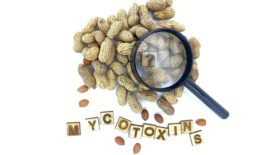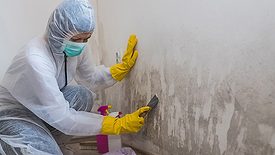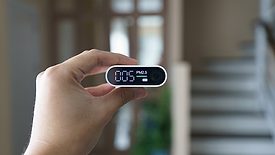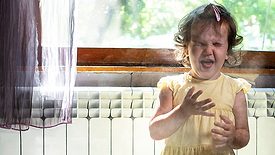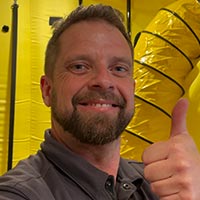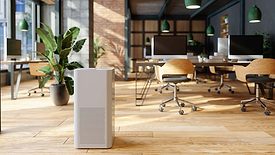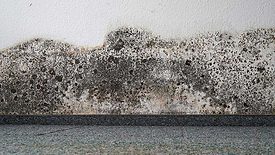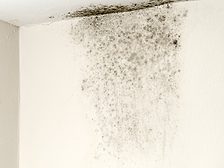Articles by Michael A. Pinto CSP, SMS, CMP, RTPE, FLS, ERS
Zero Tolerance for Toxic Molds: Essential Steps for Successful Remediation
Identifying Target Spores as Part of a Post-Remediation Clearance Process
Read More
There’s a Place for Cleaners in Mold Remediation
From The Experience: An Interview With Mold Professional Michael Pinto
Read More
Mycotoxin Control as a Critical Part of Mold Remediation
The risk of exposure to poisonous chemicals
Read More
How Can You Tell if Your Mold Remediation Is Good Enough for Sensitized Occupants?
Mycotoxin Testing Can Help
Read More
Stay ahead of the curve with our eNewsletters.
Get the latest industry updates tailored your way.
JOIN TODAY!Copyright ©2025. All Rights Reserved BNP Media.
Design, CMS, Hosting & Web Development :: ePublishing


